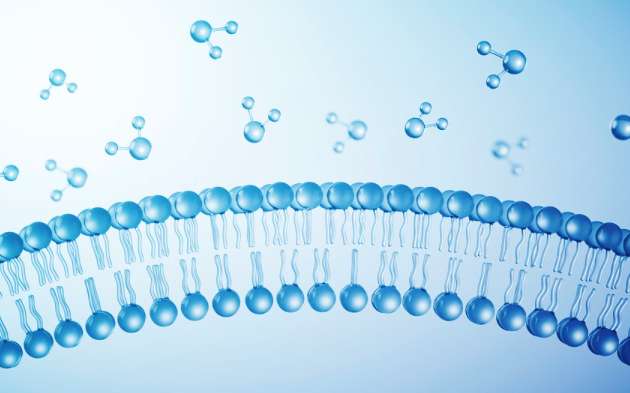Proteolysis-Targeting Chimera (PROTAC)* has gradually become one of the most popular small molecules due to its unique mechanism of action. PROTAC consists of three key structural parts: a ligand binding the target protein; a ligand binding the ubiquitin-protein ligase (E3); and a linker connecting the two ligands [1]. According to these structural features, the molecular weight of PROTAC is usually high, typically more than 700. However, PROTACs differ from traditional small molecule drugs and it does not meet the classical Rule of Five. Therefore, poor permeability and solubility that are closely related to oral absorption is a common issue for PROTAC compounds.
How to address the challenges of PROTAC solubility
Drug absorption occurs in the gastrointestinal tract. It has been reported that the solubility of PROTAC molecules significantly improves in fed-state simulating intestinal fluid (FeSSIF). This shows that attention should also be paid to the solubility detection of PROTAC in a physiological solution at an early stage. In addition, the in vivo pharmacokinetics of PROTAC may obtain better in vivo drug exposure via postprandial administration. Another way to solve the solubility problem of the PROTAC compound is to screen vehicles to optimize the drug delivery formulation.
How to address the challenges of PROTAC permeability?
Permeability is another key parameter that impacts drug absorption. However, PROTAC molecules showed low permeability regardless of the model used [1], including Caco-2, MDCK, LLC-PK1, and PAMPA. Moreover, the low solubility and high non-specific binding may lead to the insufficient recovery of most PROTAC on in vitro permeability systems. In order to obtain reliable permeability data, the problem of low recovery needs to be addressed. According to Atilaw et al. [2], a PROTAC acts like a “chameleon”, suggesting that the permeability of PROTAC may be related to whether it can form a conformation with a smaller polar surface area during the permeation process.
Looking ahead
Notably, research has also found that PROTAC assessed as low permeability by in vitro research may also show good oral bioavailability in animals. We look forward to more PROTAC data published to help predict in vivo absorption using the results of in vitro solubility and permeability research.
*PROTAC® is a registered trademark of Arvinas. In this article, PROTAC specifically refers to the abbreviation of Proteolysis-Targeting Chimera as therapeutic modalities.
Committed to accelerating drug discovery and development, we offer a full range of discovery screening, preclinical development, clinical drug metabolism, and pharmacokinetic (DMPK) platforms and services. With research facilities in the United States (New Jersey) and China (Shanghai, Suzhou, Nanjing, and Nantong), 1,000+ scientists, and over fifteen years of experience in Investigational New Drug (IND) application, our DMPK team at WuXi AppTec are serving 1,500+ global clients, and have successfully supported 1,200+ IND applications.
Talk to a WuXi AppTec expert today to get the support you need to achieve your drug development goals.
Reference
[1]Cantrill C, Chaturvedi P, Rynn C, Petrig Schaffland J, Walter I, Wittwer MB. Fundamental aspects of DMPK optimization of targeted protein degraders. Drug Discov Today. 2020 Jun;25(6):969-982. doi: 10.1016/j.drudis.2020.03.012. Epub 2020 Apr 13. PMID: 32298797.
[2]Atilaw Y, Poongavanam V, Svensson Nilsson C, Nguyen D, Giese A, Meibom D, Erdelyi M, Kihlberg J. Solution Conformations Shed Light on PROTAC Cell Permeability. ACS Med Chem Lett. 2020 Dec 25;12(1):107-114. doi: 10.1021/acsmedchemlett.0c00556. PMID: 33488971; PMCID: PMC7812666.
Stay Connected
Keep up with the latest news and insights.













